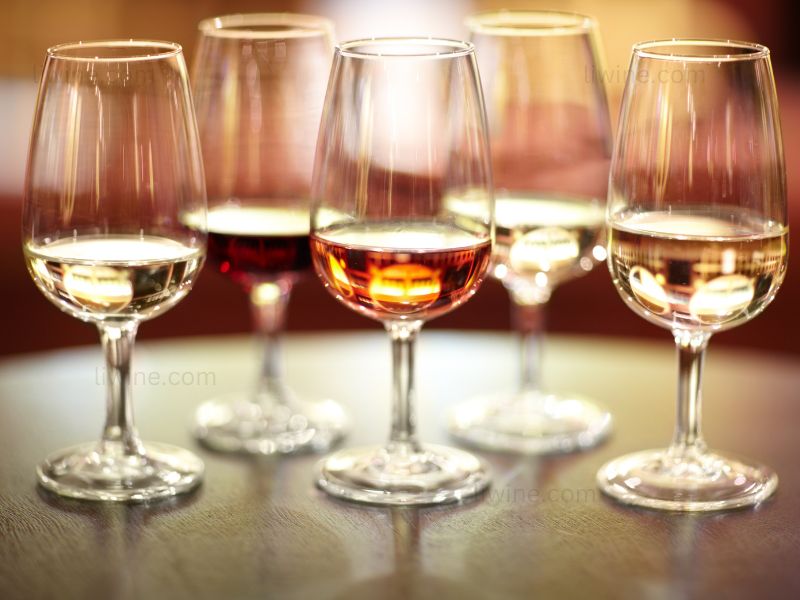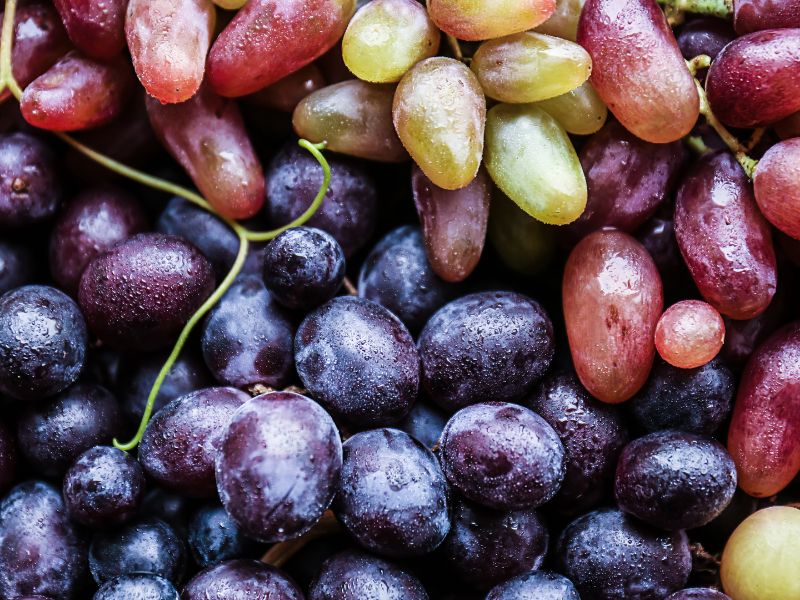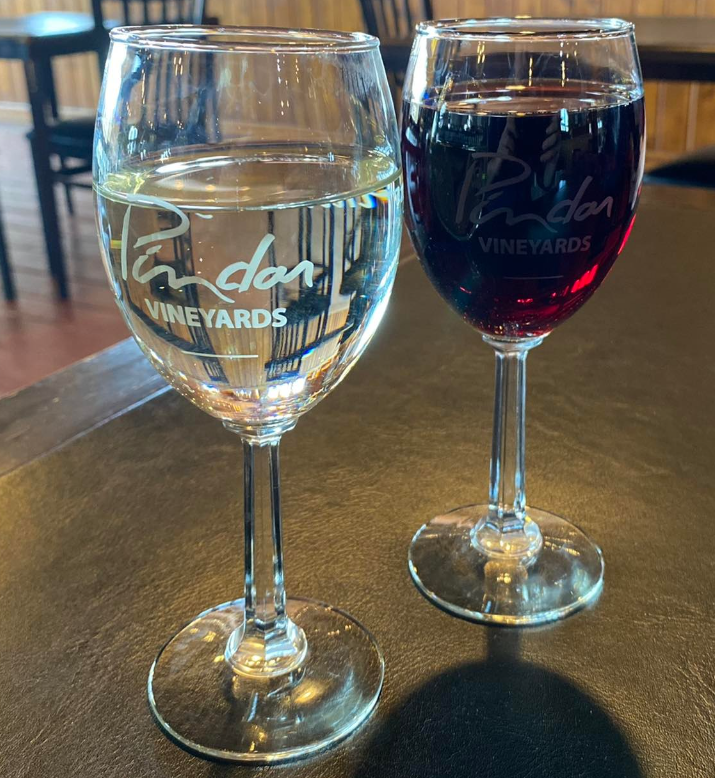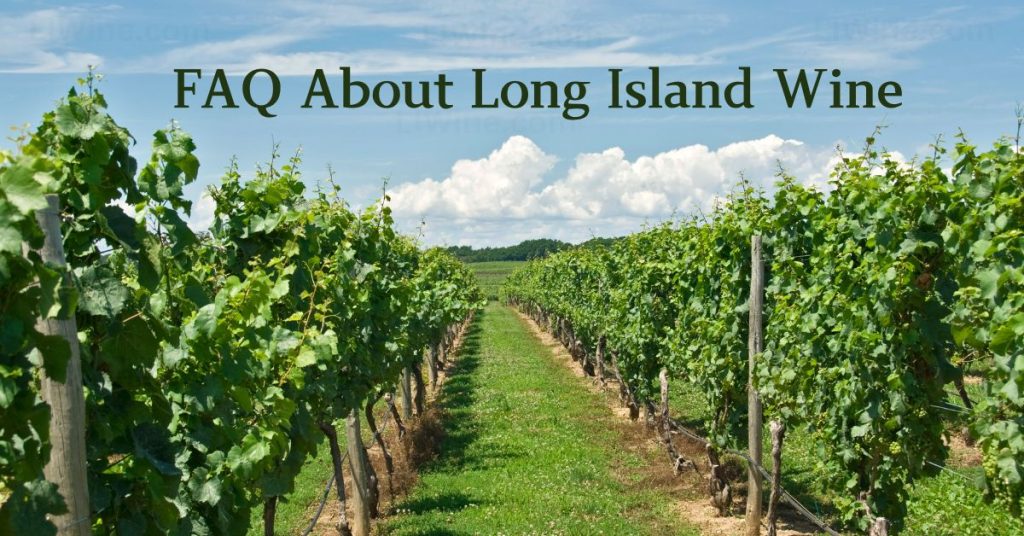Long Island, a region synonymous with picturesque landscapes and a rich cultural tapestry, has also etched its name in the world of viticulture. We will embark on a journey to explore the essence of Long Island’s wine culture, delving into its history, the diversity of its grapes, and the grandeur of its largest winery.
The story of Long Island’s wine culture is a fascinating blend of geography, climate, and human endeavor. Nestled comfortably in the southeastern part of New York, Long Island enjoys a climate that is both temperate and moderating, thanks to its proximity to the Atlantic Ocean. This unique setting creates an ideal environment for vineyards, fostering the growth of a variety of grapes and the production of distinct wines. The region’s wine history, although relatively young compared to European standards, is rich with innovation and rapid growth. It’s a tale that began in the early 1970s and has since evolved into a thriving industry that adds a unique flavor to New York’s wine production.
As we delve deeper into Long Island’s wine narrative, we encounter a landscape dotted with over 60 vineyards and wineries, each contributing to the region’s reputation as a producer of fine wines. The Long Island AVA (American Viticultural Area), established in 2001, encompasses Nassau and Suffolk counties, including smaller offshore islands. This designation not only recognizes the region’s wine-producing capabilities but also protects the integrity and authenticity of Long Island wines. The AVA ensures that at least 85% of the fruit used in the designated wine is grown within the region, a testament to the commitment to quality and locality.
The journey through Long Island’s wine culture is not just about the grapes and the wines they produce. It’s also about the people, the vineyards, and the unique stories that each bottle of Long Island wine tells. From the pioneering spirit of the early vintners to the innovative techniques of today’s winemakers, Long Island’s wine culture is a dynamic and evolving narrative, one that continues to captivate wine enthusiasts around the world.
In the following, we will explore the specific wines that Long Island is known for, the diverse grapes that thrive in its soil, and the largest winery that calls this region home. Join us as we uncork the secrets of Long Island’s wine legacy, a journey that promises to be as enriching as it is delightful.
The Signature Wines of Long Island
Long Island’s viticultural landscape is a mosaic of flavors, each vineyard contributing its unique brushstroke to this rich tapestry. Unlike regions with a singular wine identity, Long Island’s wine scene is celebrated for its diversity. This variety is not just a testament to the region’s adaptable terroir but also the innovative spirit of its winemakers. From robust reds to crisp whites, Long Island offers a palette of wines that cater to a myriad of palates.
Key Wine Varieties of Long Island
- Merlots: Long Island’s Merlots are a symphony of complexity and elegance. These wines, known for their plush tannins and deep fruit flavors, have put the region on the global wine map. Bedell Cellars, a pioneer in the Long Island wine scene, has been crafting Merlots that beautifully encapsulate the region’s unique terroir. Their wines are a harmonious blend of tradition and innovation, offering a taste that is both familiar and excitingly new.
- Chardonnays: The Chardonnays of Long Island are a celebration of versatility. Ranging from oak-aged classics to crisp, unoaked varieties, these wines showcase the grape’s adaptability to Long Island’s soil and climate. Duck Walk Vineyards, for instance, produces Chardonnays that are a testament to the grape’s expressive nature, offering a spectrum of flavors that appeal to both traditionalists and modern wine enthusiasts.
- Red Blends: The art of blending is where Long Island’s winemakers truly showcase their craftsmanship. A nice example is Wölffer Estate’s Caya Cabernet Franc 2020. These red blends are a creative expression, combining different grape varieties to produce wines that are greater than the sum of their parts. Each blend tells a story, a narrative of the year’s climate, the winemaker’s vision, and the vineyard’s character.
The wine-tasting culture in Long Island is as diverse as its wines. From rustic barns to modern tasting rooms, each winery offers a unique experience that goes beyond just wine. Visitors are invited to explore, taste, and immerse themselves in the region’s wine story, a journey that is both educational and sensory.
We will next delve into the grapes that form the backbone of these exquisite wines, exploring the varieties that thrive in Long Island’s unique climate and soil. Stay tuned as we uncover the roots of Long Island’s wine excellence.

The Grape Varieties of Long Island
In the heart of Long Island’s wine country, the vineyards are alive with a cornucopia of grape varieties. Each type of grape, with its unique characteristics, contributes to the rich tapestry of flavors and aromas found in Long Island wines. This diversity is not just a matter of choice but a reflection of the region’s versatile terroir and favorable climatic conditions, which allow a wide range of grape varieties to flourish.
Exploring the Grape Types of Long Island
Long Island’s vineyards are a testament to the adaptability and resilience of various grape types. The region’s climate, influenced by the Atlantic Ocean and Long Island Sound, creates a unique microclimate that nurtures a diverse range of grape varieties. This diversity is key to the distinctiveness of Long Island wines.
- Red Grapes:
- Cabernet Franc: Known for its spicy aroma and hints of berry flavors, Cabernet Franc thrives in Long Island’s climate, producing wines with depth and complexity.
- Merlot: A cornerstone of Long Island viticulture, Merlot grapes yield velvety wines with rich fruit flavors, a staple in the region’s red wine production.
- Pinot Noir: This grape, challenging to grow, finds a suitable home in Long Island, resulting in elegant wines with subtle earthy undertones.
- White Grapes:
- Chardonnay: Perhaps the most versatile grape in Long Island, Chardonnay adapts well to both oak aging and stainless steel processing, offering a wide range of flavor profiles.
- Sauvignon Blanc: With its crisp acidity and citrusy notes, Sauvignon Blanc in Long Island is refreshing and vibrant, reflecting the maritime influence on the vineyards.
- Tocai Friulano: A lesser-known variety in the region, Tocai Friulano (Sauvignonasse) brings unique floral and fruity notes to the Long Island wine portfolio.
- Unique and Lesser-Known Varieties:
- Chardonnay Musque: A muscat-flavored clone of Chardonnay, this grape adds an exotic twist to the traditional Chardonnay profile.
- Niagara: Often used in sweet wines, Niagara grapes contribute to the dessert wine segment of Long Island’s wine offerings. Pugliese Vineyards is one winery that uses these grapes.
- Petit Verdot: Typically used in blends, Petit Verdot adds color and tannic structure to Long Island’s red wines.
The impact of Long Island’s climate and soil on these grape varieties cannot be overstated. The region’s unique terroir, characterized by well-drained soils and a moderate climate, plays a crucial role in the development of the grapes’ flavor profiles. This terroir, combined with the skill of Long Island’s winemakers, results in wines that are not only expressive of their grape varieties but also of the land from which they come.
Next, we will take a closer look at Pindar Vineyards, the largest winery in Long Island, and explore how it embodies the region’s viticultural excellence. Join us as we discover the story behind this iconic winery and its contribution to the Long Island wine legacy.

Pindar Vineyards – Long Island’s Largest Winery
In the lush landscapes of Long Island’s wine country, Pindar Vineyards stands as a testament to the region’s viticultural prowess. As the largest winery on Long Island, Pindar is not just a producer of fine wines; it is a symbol of the region’s rich wine heritage and its bright future. This section delves into the heart of Pindar Vineyards, exploring its growth, wine varieties, and the unique experiences it offers.
The Growth and Expansion of Pindar Vineyards
Pindar Vineyards’ journey from a modest backyard project to a sprawling 300-acre vineyard is a story of passion, vision, and dedication. Established in the early 1980s by the Damianos family, Pindar has grown exponentially, both in size and reputation. Today, it encompasses:
- Over 300 Acres of Vineyards: Pindar’s vineyards are spread across some of Long Island’s most fertile lands, contributing significantly to the region’s wine production.
- A Diverse Wine Portfolio: With 22 wine varieties, Pindar’s range is a reflection of Long Island’s diverse viticultural capabilities.
- The Damianos Family of Wineries: includes Pindar, Duckwalk, Jason’s Vineyard, and other properties up west that are a combined 500 acres
Wine Varieties and Specialties at Pindar Vineyards
At the heart of Pindar Vineyards is its commitment to producing wines that are as diverse as they are exquisite. The winery is renowned for:
- Sparkling Wines: Pindar’s sparkling wines are a celebration of finesse and elegance, capturing the essence of Long Island’s terroir in every bubble.
- High-End Red Blends: These blends are a testament to the winery’s expertise in creating complex, layered wines that are both bold and balanced.
- A Wide Array of Whites and Reds: From crisp, refreshing whites to robust, flavorful reds, Pindar’s portfolio caters to a wide range of tastes and preferences.

Visiting Pindar Vineyards
A visit to Pindar Vineyards is more than just a wine tasting; it’s an immersive experience in the world of winemaking. Visitors to Pindar can expect:
- Guided Tours: Explore the vineyards and the winemaking process, gaining insights into the art and science behind each bottle.
- Tasting Experiences: Sample a selection of Pindar’s finest wines, each telling a unique story of its origin and craftsmanship.
- Seasonal Events: Pindar Vineyards hosts a variety of events throughout the year, offering guests a chance to enjoy their wines in a festive, engaging setting.
Pindar Vineyards not only embodies the spirit of Long Island’s wine culture but also paves the way for its future. As the largest winery in the region, Pindar continues to inspire and lead, setting a benchmark for excellence in winemaking. Its commitment to quality, innovation, and sustainability makes it a true jewel in Long Island’s wine crown.
Frequently Asked Questions About Long Island Wines
What Wine Is Long Island Known For?
Q: Does Long Island have a signature wine? A: Long Island is celebrated for its diversity in wine production rather than a single signature wine. The region is particularly renowned for its Merlots, Chardonnays, and Red Blends. Each variety reflects the unique terroir and winemaking expertise of Long Island.
Q: Are Long Island wines recognized internationally? A: Yes, Long Island wines, especially Merlots and Chardonnays, have gained international recognition for their quality and distinctive flavor profiles. The region’s wineries have been successful in showcasing their wines in global markets.
What Grapes Are Grown on Long Island?
Q: What types of grapes are most commonly grown in Long Island? A: Long Island vineyards grow a variety of grapes, including Cabernet Franc, Merlot, Pinot Noir, Chardonnay, Sauvignon Blanc, and Tocai Friulano. The region’s climate and soil are conducive to both red and white grape varieties.
Q: Are there any unique or lesser-known grapes grown in Long Island? A: Yes, in addition to the more common varieties, Long Island also cultivates unique and lesser-known grapes such as Chardonnay Musque, Niagara, and Petit Verdot, contributing to the diversity of the region’s wine portfolio.
What is the Largest Winery on Long Island?
Q: Which is the largest winery in Long Island, and what is it known for? A: Pindar Vineyards is the largest winery in Long Island, spanning over 300 acres. It is known for its wide range of wines, including sparkling wines, high-end red blends, and a diverse array of whites and reds. Pindar Vineyards is a symbol of Long Island’s rich wine heritage and its commitment to quality winemaking.
Q: Can visitors tour Pindar Vineyards? A: Yes, Pindar Vineyards offers guided tours, and wine tastings, and hosts various seasonal events. These experiences provide visitors with an insight into the winemaking process and the opportunity to sample the vineyard’s diverse wine offerings.
In Conclusion
The journey through Long Island’s wine country is one of discovery and delight. From the diverse wines it is known for, the rich variety of grapes that grow in its soil, to the grandeur of Pindar Vineyards, Long Island stands proud as a distinguished and dynamic wine region. Its wines are not just beverages; they are stories of the land, the climate, and the people who pour their hearts into every bottle. As we raise a glass to Long Island’s wines, we celebrate a legacy that continues to evolve, enchant, and excite wine lovers around the world.
© 1998-2024 by LIWine.com. Reserved all rights. This document cannot be copied or communicated in any way without LIWine.com prior written consent, whether it be electronically, mechanically, through photocopying, recording, or another medium.



Leave a Reply
You must be logged in to post a comment.